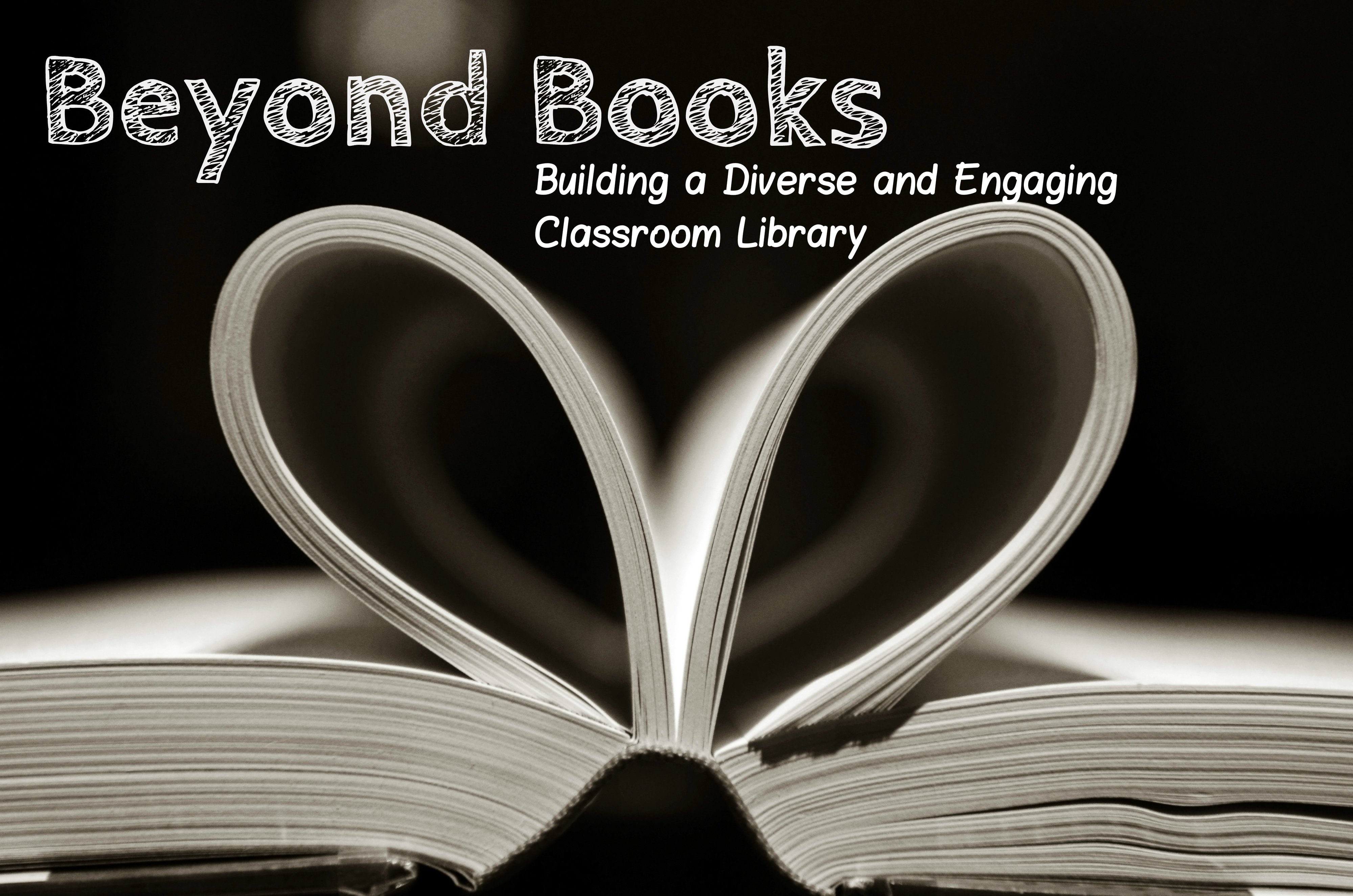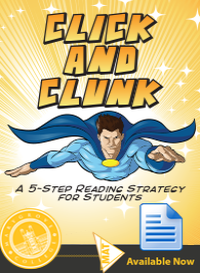
It’s funny how many of our students claim that they dislike reading despite the fact that they read all the time! Before you shout, “That’s not true!” try something: Ask your students if they read “non-book” texts on the Internet, if they read their friends’ Facebook posts, or like comic books and magazines. Chances are that your students, even the ones that claim to “hate” reading, engage in reading habits on a daily basis.
Like it or not, if we want to nurture a love of reading in our students, we must acknowledge that “non-books” are in fact legitimate forms of reading and belong in our classroom libraries!
Indeed traditional books will make up the majority of reading materials in our classroom libraries, but if we want our students to become confident readers who are well-equipped to tackle a variety of texts in a variety of life situations, we may want to start by adding a few of these “non-book” texts to our independent reading collections.
- Magazines are some of the most popular non-book texts in our collection; they’re also some of the cheapest and easiest reading materials out there. Stop by your local Salvation Army or Goodwill, where you can usually pick up recent publications for a dime a piece.
I like magazines because they deal with a variety of topics. Not only that, children’s magazines often include crosswords, stories, poems and other learning activities that I tear out, photocopy and place in the Puzzles & Games section of the classroom library.
- Newspapers are another excellent non-book text not only because they are easy to come by, they are also written from a persuasive point of view, and cover a multitude of topics about local, state and global issues.
Rather than hanging onto the entire paper, be selective about the articles you include in your library. If you come across an article that piques your interest, cut it out, laminate it, tag it, and file it under the appropriate topic in your library. To spark further engagement, you might try adding a “What Do You Think?” basket to your collection. Simply glue or tape an interesting article to a piece of cardboard and provide students with enough space to respond to the article for extra credit. - I don’t know about you, but catalogs appear in my mailbox almost every day from places I’ve never shopped and probably never will. I used to pitch catalogs into the recycling bin, but on a whim, I brought in a stack and filed them in the library. So that my students had a specific reading purpose, I decided to staple an activity list to each magazine. In a Toys “R” Us magazine, for example, I include the following questions:
o Which toys do you think are the best? Why?
o Write a letter to your parents in which you try to convince your parents to purchase a specific item from the catalog
o If you could give your best friend any item from the catalog what would it be? Why?
- I love looking at maps and picturing all of the landmarks, the people and animals I’d see along the way, and the dusty roads I’d take to get to my destination. It turns out that my students have a love of maps, too, and for exactly the same reasons. After noticing how captivated my students were with the classroom globe, I decided to bring in my collection of old road maps and atlases I’d picked up from estate sales and antique shops. Would you believe it, these are some of the most popular reading resources in the library? As with the catalogs, I like to pair each map with a different writing prompt.
- Travel and sight-seeing brochures are also popular non-book texts. Whenever I travel, I load up on as many brochures as I can from roadside rest stops, motels and souvenir shops.
Photo credit: Daniel Y. Go / Foter / Creative Commons Attribution-NonCommercial 2.0 Generic (CC BY-NC 2.0)
These ideas have all been adapted from Tony Stead's book, Good Choice: Supporting Independent Reading and Response.

© 2025 Created by Steve Hargadon.
Powered by
![]()